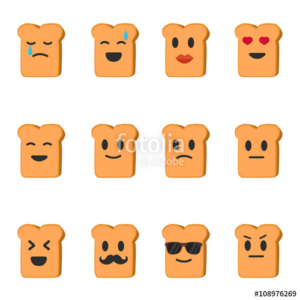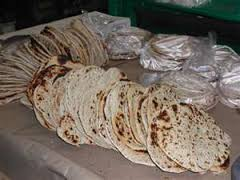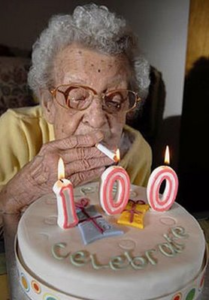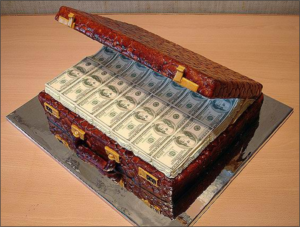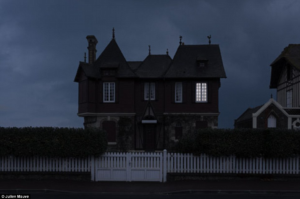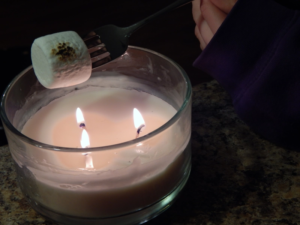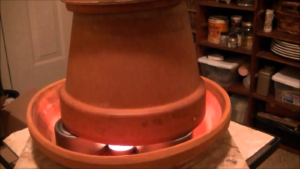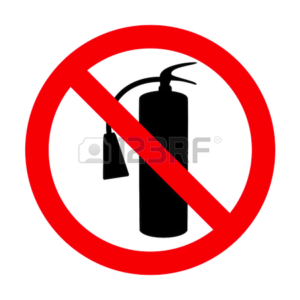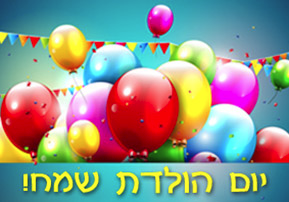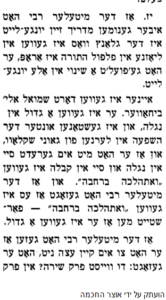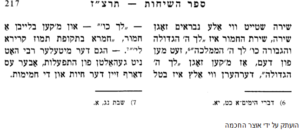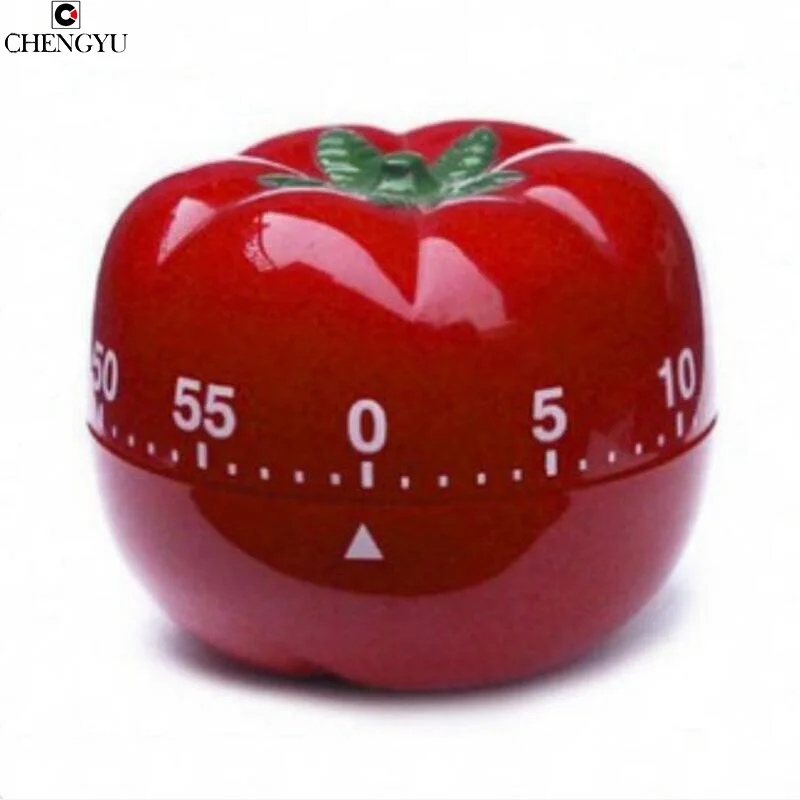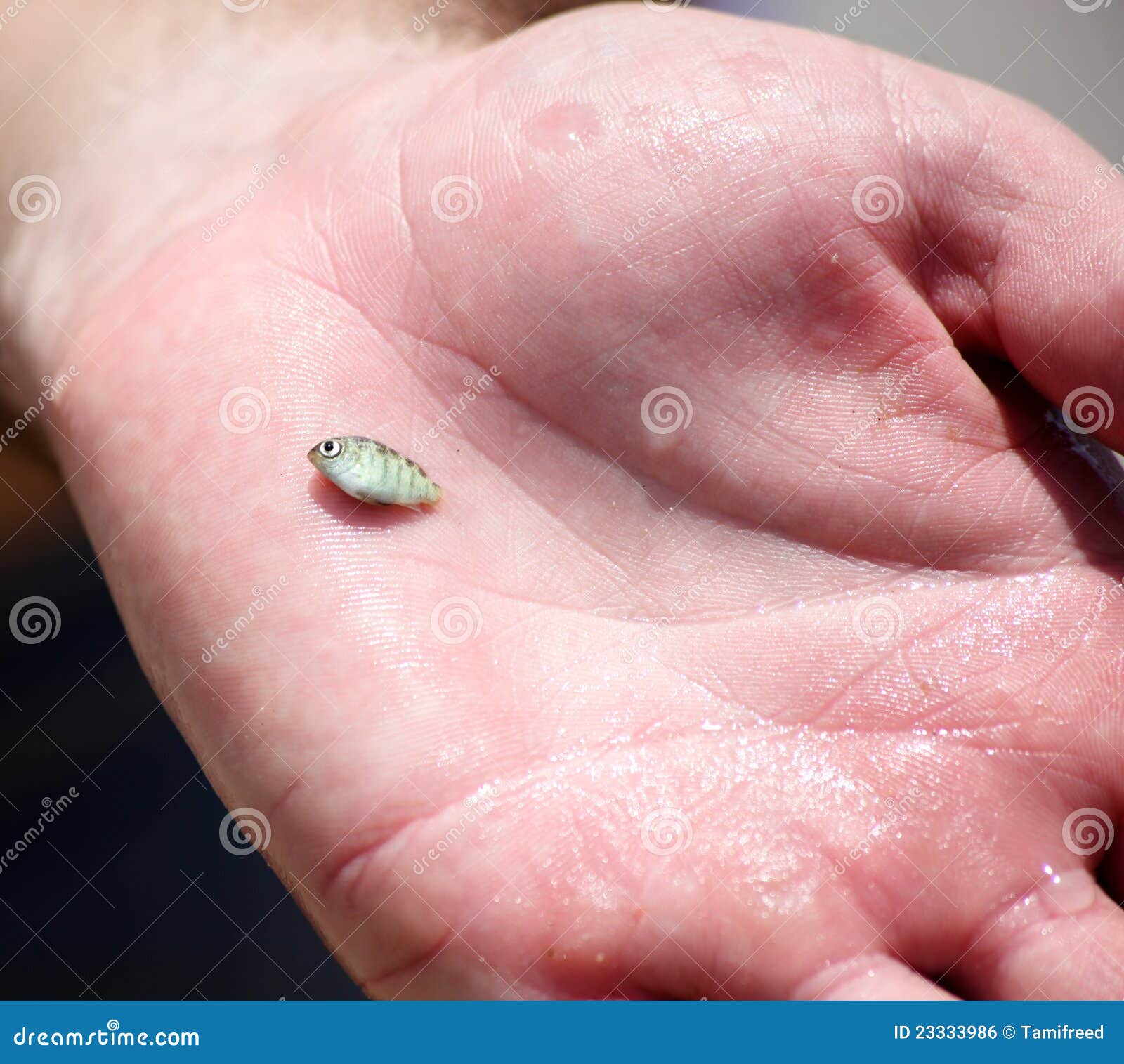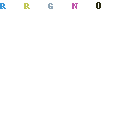Beitza 22 a-b
1- Our Gemara addresses medicinal treatment on Shabbos for an eye condition that does not pose a threat to the life of the patient. The only dispute regarding this issue presented in the Gemara is whether the Jewish patient is permitted to assist the non-Jew with the treatment, but all opinions agree that a non-Jew may be asked to administer this treatment.
2- A Baraisa records a dispute between Beis Shammai and Beis Hillel regarding the permissibility to bake thick loaves on Pesach.
R’ Huna defines a thick loaf of having the thickness of Tefach based on the precedent of the Lechem Hapanim.
R’ Yosef questions whether one could use the Lechem Hapanim as precedent for baking thick loaves on Pesach.
Yemenite Matza
R’ Yirmiyah bar Abba in the name of Rav explains that the dispute in the Baraisa relates not to the thickness of the loaves but to the number of loaves that are baked – פת עבה = פת מרובה – , and the issue here is regarding baking more than necessary on Yom Tov.
This explanation is unsuccessfully challenged and a Baraisa is cited that supports this explanation.
3- We discussed the Lechem Hapanim and the meaning of “Panim”. On the surface it means that it was shaped like a U and thus had ‘sides’ and therefore called Ponim.
We spoke about the issue of eating a cake with that has letters on it.
We read the text of the Ramo. The Mogen Avrohom (6) adds that the prohibition is not limited to letters but also to pictures. צורות.
We then discussed shapes- meaning if the cake or cookie itself is in the form of shapes. The Mogen Avrohom brings an opinion that it is permitted but ends of with a צריך עיון.
The Alter Rebbe writes about letters. Not shapes. Here.
4- We mentioned the interesting take of the Yavet’z. His opinion is that the Lechem Haponim means “faces”. Literally pictures! He states that from the fact that the Lechem Haponim were eaten on Shabbos is proof that one may eat cakes and breads that have a form of letters and pictures!
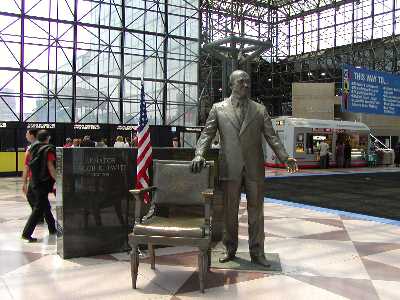
Sen Jacob Javits
5- We mentioned the old Yeshivi’she saying that to be successful in learning one must be like a Kosher egg…..
The siman of a Kosher egg is that one end is round and the other pointy. Both round or both pointy are non-Kosher.
In learning, round on both sides (diligence but with non-sharp head) or sharp on both ends (sharp mind but no diligence) is not a good sign.
To be successful one needs to be round on the bottom…. meaning ‘zitz fleish’…… and sharp on the top meaning a sharp mind…..

See here.
6- For Gimmel Tamuz we studied a footnote (18) written by the Rebbe where he writes that “it is a sharp idea” !
Here is the accompanying page:
| נֶ֚פֶשׁ כִּ֣י תֶֽחֱטָ֔א וּמָֽעֲלָ֥ה מַ֖עַל בַּֽיהֹוָ֑ה וְכִחֵ֨שׁ בַּֽעֲמִית֜וֹ בְּפִקָּד֗וֹן אֽוֹ־בִתְשׂ֤וּמֶת יָד֙ א֣וֹ בְגָזֵ֔ל א֖וֹ עָשַׁ֥ק אֶת־עֲמִיתֽוֹ: | ||
| אוֹ מִכֹּ֞ל אֲשֶׁר־יִשָּׁבַ֣ע עָלָיו֘ לַשֶּׁ֒קֶר֒ וְשִׁלַּ֤ם אֹתוֹ֙ בְּרֹאשׁ֔וֹ וַֽחֲמִֽשִׁתָ֖יו יֹסֵ֣ף עָלָ֑יו לַֽאֲשֶׁ֨ר ה֥וּא ל֛וֹ יִתְּנֶ֖נּוּ בְּי֥וֹם אַשְׁמָתֽוֹ: | ||
| פאה פרק ח משנה ח | ||
| מי שיש לו מאתים זוז, לא יטול לקט שכחה ופאה ומעשר עני. | ||
| Theft | $50.00 | היו לו מאתים חסר דינר, אפילו אלף נותנין לו כאחת, הרי זה יטול. |
| “Choimesh’ | $12.50 | היו ממושכנין לבעל חובו או לכתובת אשתו, הרי זה יטול. |
| 1/5 of | $62.50 | אין מחייבין אותו למכור את ביתו ואת כלי תשמישו. |
| משנה ט | ||
| מי שיש לו חמשים זוז והוא נושא ונותן בהם, הרי זה לא יטול. | ||
| Investment | $50.00 | וכל מי שאינו צריך ליטול ונוטל, אינו נפטר מן העולם עד שיצטרך לבריות. |
| Total Profit | $150.00 | |
| Monthly | $12.50 |
